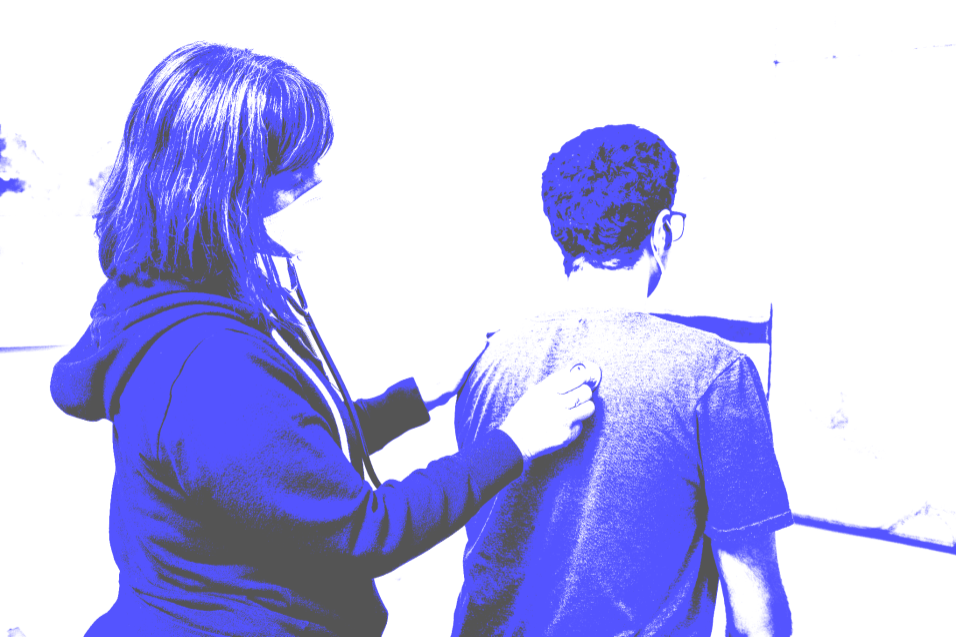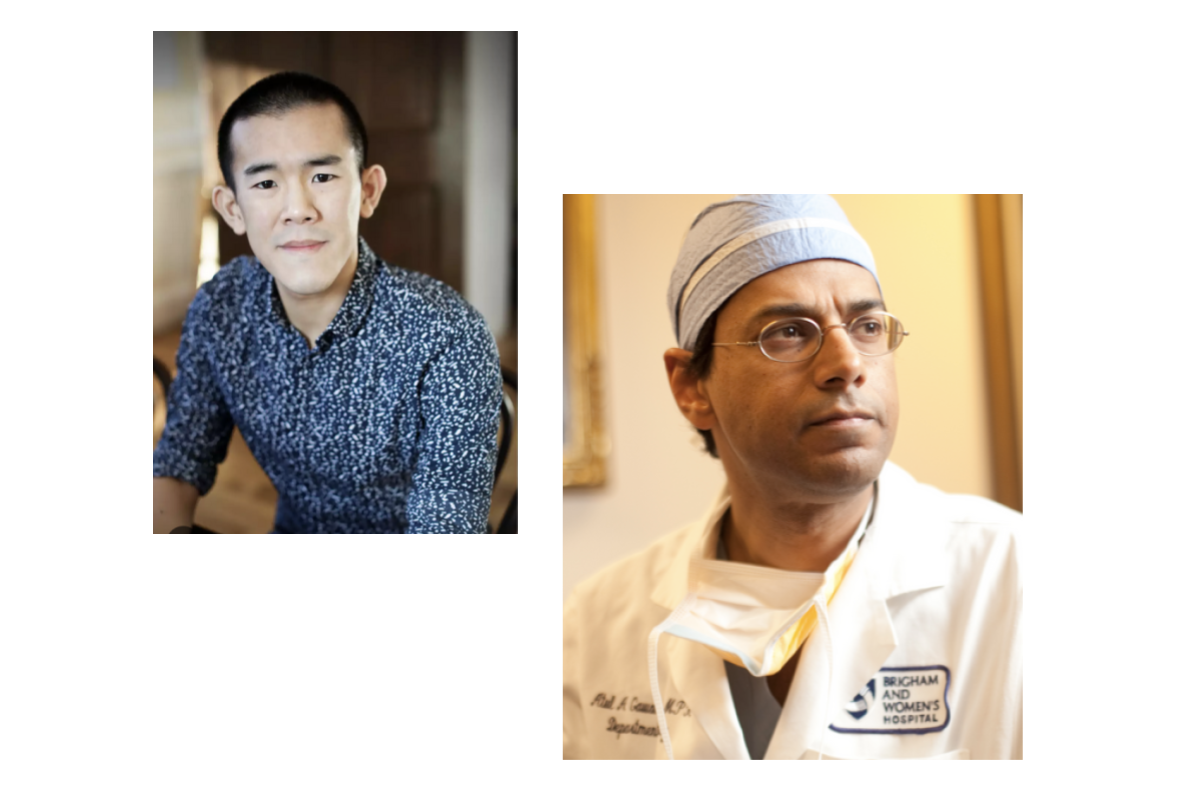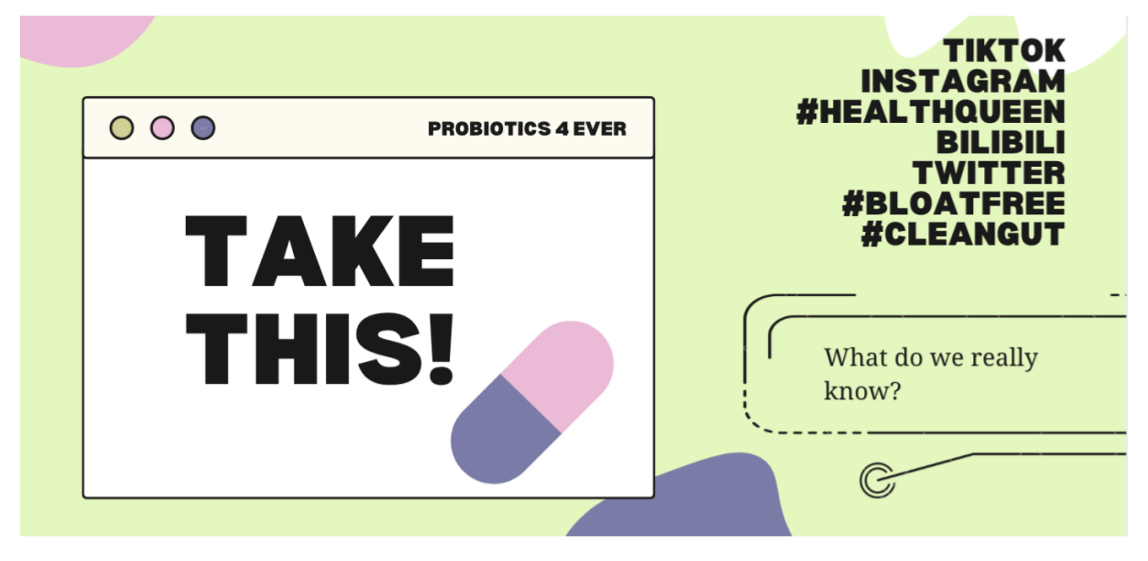As an eight-year-old, I begged my mother to procure cow eyeballs from a butcher and proceeded to dissect them in the kitchen on a rainy Saturday. This was in keeping with my early goal to be a physician, a focus that continued until my junior year in college. At that point, it was an interest in philosophy that gradually shifted my path toward the humanities. But I never lost my deep interest in science. Rather, I now look at science through a philosophical lens. I'm intrigued by how particular ways of knowing impact science communication. These ways of knowing are often discussed as a set of skills that we need to "make sense of science," as Susanna Priest (2013) put it. Among the skills is the ability to recognize and communicate uncertainty about valid scientific claims (p. 139).
Communicating uncertainty is a crucial skill for pre-med students, who will be tasked in their careers with communicating inconclusive evidence regarding diagnosis and treatment decisions to patients, who must then in turn make decisions (Tonelli & Upsar, 2019, p. 507). Yet communicating provisional knowledge is challenging for STEM students who are accustomed to exam-focused science classes where knowledge is often presented as undebatable (Witt, Onorato, & Schwartzstein, 2021). Research into how to help medical students develop a facility with this type of communication is growing, especially since a lack of uncertainty tolerance is a risk factor for poor performance in medical school. There is increasing "interest in identifying pedagogy fostering learners' uncertainty tolerance" (Lazarus et al., 2023, p.128). Some of these new pedagogies involve storytelling and writing (Papanagnou et al., 2021), since "knowledge in such contexts is evolving and contextual" (Stephens & Lazarus, 2024, p. 1036).
With these concerns in mind, I reworked a course in Writing for Health Professionals. I had been teaching a technical recommendation report for several years. But after happening upon the research on medical students and uncertainty, my goals shifted, and I decided to teach a health communications magazine article. I had taught long-form journalism in my science writing for the public class, but for the health professions class, I made the following three changes: I limited the audience; I limited the topic; and I explicitly asked for students to engage with uncertainty in their articles.


